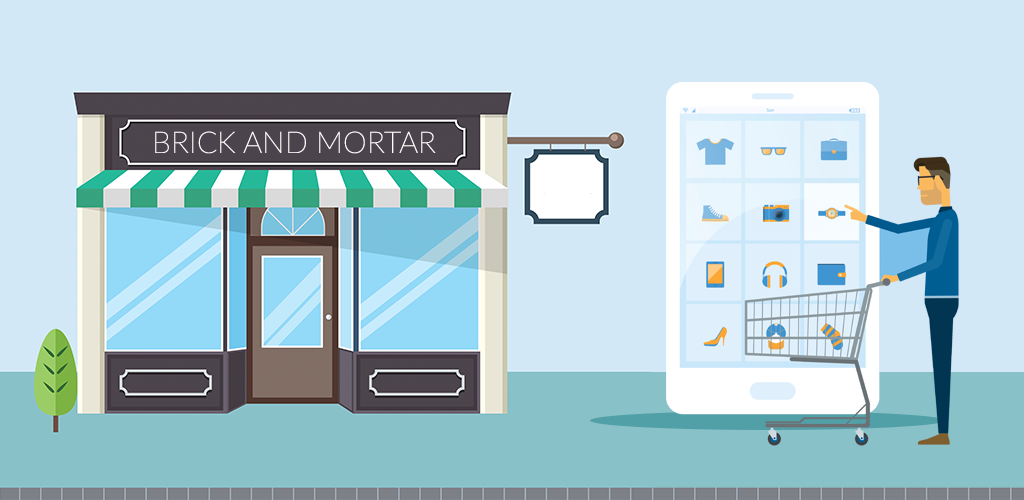E-Commerce Impact Brick-and-mortar Stores

E-commerce has a significant impact on brick-and-mortar stores, reshaping traditional retail dynamics and challenging traditional business models. Here are some ways in which e-commerce impacts brick-and-mortar stores:
Shift in Consumer Behavior: E-commerce has changed consumer shopping habits, with more consumers opting to shop online for convenience, variety, and competitive pricing. As a result, brick-and-mortar stores may experience declining foot traffic and sales as consumers increasingly turn to online shopping channels.
Competition from Online Retailers: Brick-and-mortar stores face increased competition from online retailers and e-commerce platforms, which offer a wider selection of products, competitive pricing, and convenient shopping experiences. Traditional retailers must adapt to compete with online competitors, whether through price matching, offering unique in-store experiences, or enhancing customer service.
Showrooming and Webrooming: Showrooming occurs when customers visit brick-and-mortar stores to view products in person before making purchases online, often at lower prices. Conversely, webrooming involves researching products online before making purchases in physical stores. Brick-and-mortar retailers must address showrooming and webrooming behaviors by providing value-added services, personalized experiences, or exclusive offers to encourage in-store purchases.
Omni-Channel Strategies: Many brick-and-mortar retailers are adopting omni-channel strategies to integrate their online and offline channels and provide a seamless shopping experience across multiple touchpoints. Omni-channel initiatives such as buy-online-pickup-in-store (BOPIS), click-and-collect, and in-store returns for online purchases bridge the gap between digital and physical retail, enhancing convenience and flexibility for customers.
Pop-up Shops and Experiential Retail: Some brick-and-mortar retailers are embracing experiential retail concepts and pop-up shops to create immersive, interactive, and memorable shopping experiences that cannot be replicated online. By offering unique in-store experiences, events, and activations, retailers can attract customers and differentiate themselves from online competitors.
Inventory Management and Fulfillment: E-commerce requires efficient inventory management and fulfillment capabilities to meet customer demand for fast and reliable shipping. Brick-and-mortar stores may serve as distribution centers or fulfillment hubs for online orders, leveraging their physical presence to offer same-day or next-day delivery options and compete with online retailers on speed and convenience.
Adaptation and Innovation: To remain competitive in the age of e-commerce, brick-and-mortar retailers must adapt and innovate to meet changing consumer preferences and expectations. This may involve embracing new technologies, enhancing store layouts and merchandising strategies, optimizing the in-store customer experience, and investing in digital marketing and online presence.
Community Engagement and Local Presence: Brick-and-mortar stores have the advantage of establishing strong connections with local communities, fostering loyalty, and building trust with customers. By emphasizing their local presence, supporting community events, and offering personalized services, brick-and-mortar retailers can differentiate themselves from online competitors and cultivate a loyal customer base.
Overall, while e-commerce presents challenges for brick-and-mortar stores, it also creates opportunities for innovation, adaptation, and differentiation. By leveraging their unique strengths, embracing omni-channel strategies, and focusing on delivering exceptional in-store experiences, brick-and-mortar retailers can thrive in the evolving retail landscape shaped by e-commerce.
Thank you,